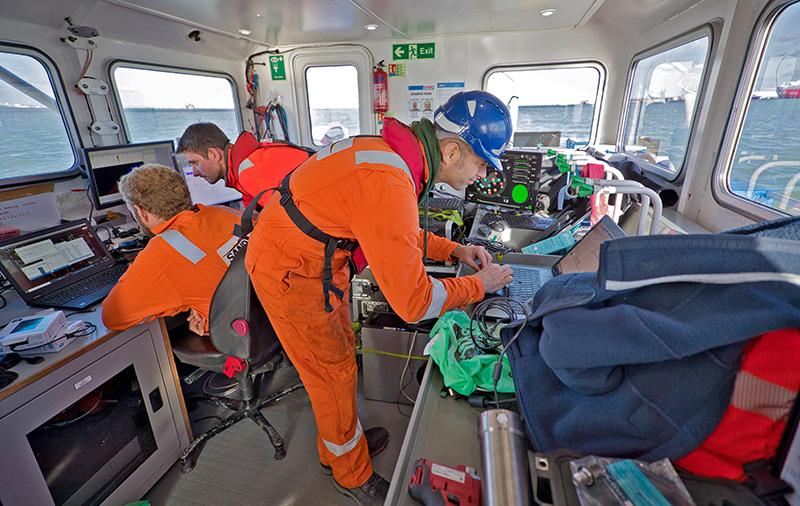Landmine free Falkland Islands
SafeLane Global continues to work with the UK Foreign and Commonwealth Office, the Ministry of Defence and the people of the Falkland Islands to clear the Islands of landmines.
Landmine free Falkland Islands
In 1982, Argentina invaded the Falkland Islands. Argentina claimed sovereignty over the British overseas territory and a 10-week conflict ensued.
During the Argentinian occupation approximately 4,000 anti-vehicle (AV) and 20,000 anti-personnel (AP) mines were laid. Some of these mines were cleared directly after the conflict by British military personnel. However, due to high numbers of casualties incurred during clearance operations, they were stopped.
Minefield positions were recorded and fenced off.
How the Ottowa Treaty's objectives are being realised in the Falkland Islands
In 1997, the British Government signed the Convention on the Prohibition of the Use, Stockpiling, Production and Transfer of Anti-Personnel Mines and on their Destruction, otherwise known as the Ottawa Treaty.
Negotiation between government departments relating to the clearance of the Falkland Islands ensued until a means of mine clearance in the Falklands was agreed.
It was determined a contract would be tendered on an annual basis to a civilian company to demine the Falkland Islands in a phased programme. To support the demining programme, the Government would also contract a technical adviser and an external quality assurer.
In 2009, SafeLane Global was awarded the demining contract for phase 1. SafeLane has been successful with each successive phase bid.
Since 2009 therefore, SafeLane has worked with the UK Foreign and Commonwealth Office (UK FCO), the Ministry of Defence (MOD) and the people of the Falkland Islands to clear the Islands in strategic phases.
By December 2020, SafeLane Global will have cleared all explosive remnants of war (ERW) in the Falkland Islands, and positively transformed the Islands' communities, and the lives of those living and working within them.
How SafeLane Global is demining the Falkland Islands:
The scope of works requires the land release contractor (LRC) to remove all landmines listed in the Argentine Minefield Reports, or eliminate the mine with evidence to support the cancellation.
The clearance standards that were set require thorough reviews of all minefield records and detailed ground studies.
Huge care is required to remove each mine by hand - or when necessary, conduct demolition in situ.
The terrain where mines were laid in the Falkland Islands varies greatly. For example, mines were laid along tidal beaches, above beaches where dunes have since accumulated, in waterlogged peat and over steep rocky ground. As a result, different methods of ground preparation and clearance are used according to the nature of the terrain.
Ultimately, SafeLane operates a strict quality assurance/quality control (QA/QC) programme in direct accordance with the requirements of International Mine Action Standards (IMAS). It has exercised an auditable internal QA process at all times throughout clearance operations in the Falkland Islands. Its quality assurance process is then independently validated by external quality assurance.
The latest figures available indicate that over 7,000,000m2 of land has been made safe, circa 5,000 mines have been cleared and successfully disposed of, and thousands of additional items of unexploded ordnance have been carefully removed.
For your next project, contact SafeLane


